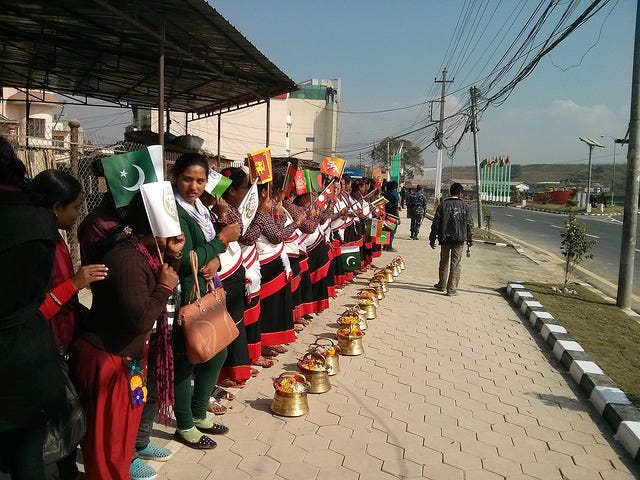JOHN J. HAMRE: Thank you. I rarely get applause when I come out. I’m sorry, no, I – (laughter). Welcome. Thank you. We’re delighted to have all of you here.
My name is John Hamre. I’m the president at CSIS. I told the director that we’ve got standing room only, and I said let’s not wait another 15 minutes to watch the clock come; let’s get going. And he said of course, let’s do that. And typical of his character, he’s always getting at it. And I want to say thank you for coming, sir.
When we have events like this, we always start with a little safety announcement. I am responsible for your safety, so follow my instructions if I ask you to do anything. I’m not worried about the director. He’s got guys with guns here, so we’re going to take it that’s going to be OK. (Laughter.) But I am worried about you. And if I have to ask you to leave the room, the exits are right behind us. These three are exits. The stairs closest to the – or to the stairs going down is right through here. We take two left-hand turns. We’re going to go over to the courtyard of National Geographic, I will order ice cream, and we’ll sing a song of praise for our salvation, OK? (Laughter, applause.)
Anyway, everything’s going to be fine. Just follow me if I have to ask you to do something.
We’re very honored that Director Pompeo has chosen to come. When his people called and said he wants to come on Thursday afternoon before Easter weekend, I said, what the hell? Who is going to come to this, you know? (Laughter.) And lots of people are here, obviously, because this is an enormous opportunity to hear the director. We’re very privileged to have him here.
I would say that we’re very fortunate as a country that Director Pompeo is willing to serve at this time. His life has been about service. He was the highest-ranking cadet at West Point when he graduated from West Point, and his entire life, career has been about service. He’s been in and out of government and private sector. Fortunately, at this hour he’s willing to serve all of us as the director of the CIA.












